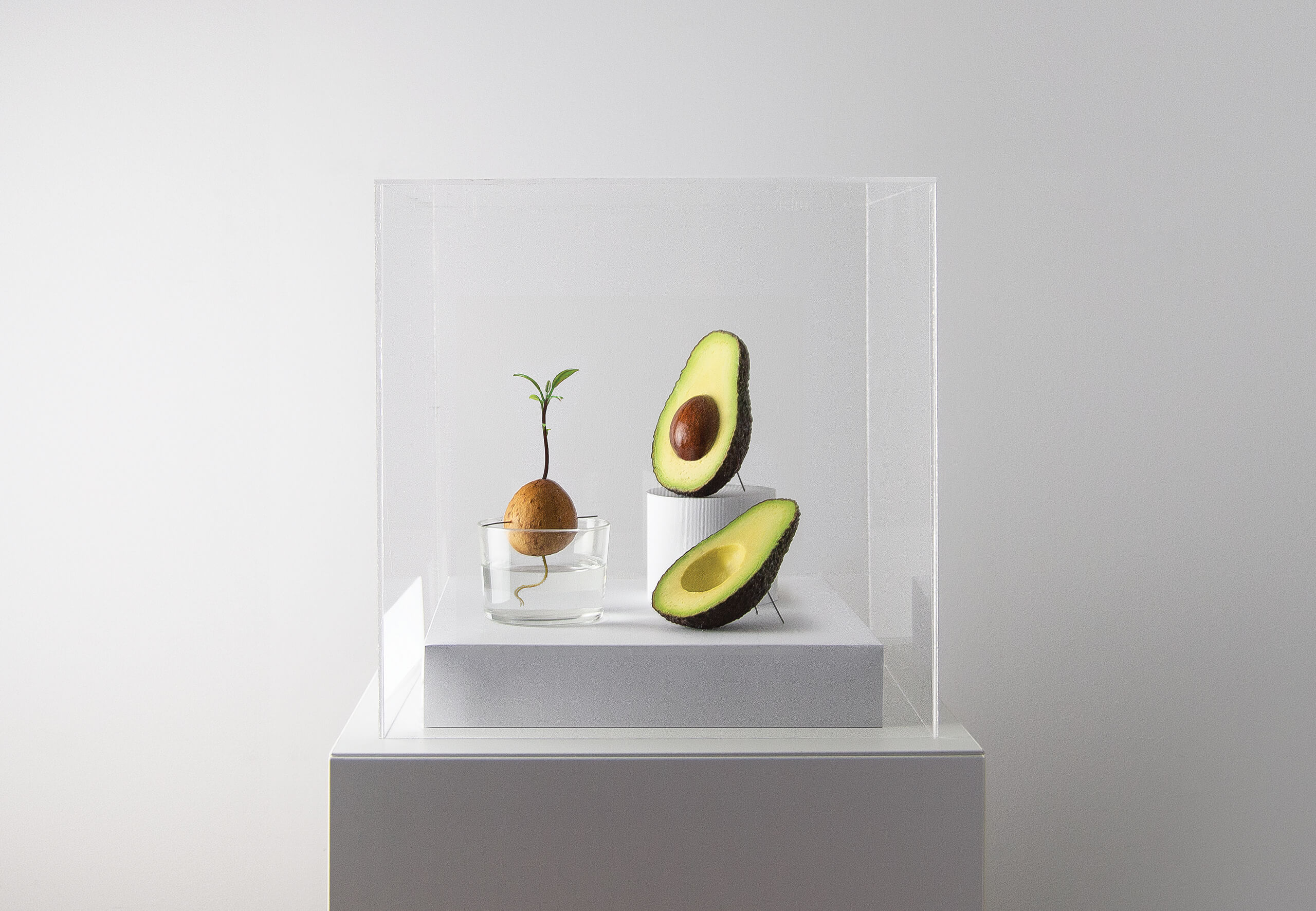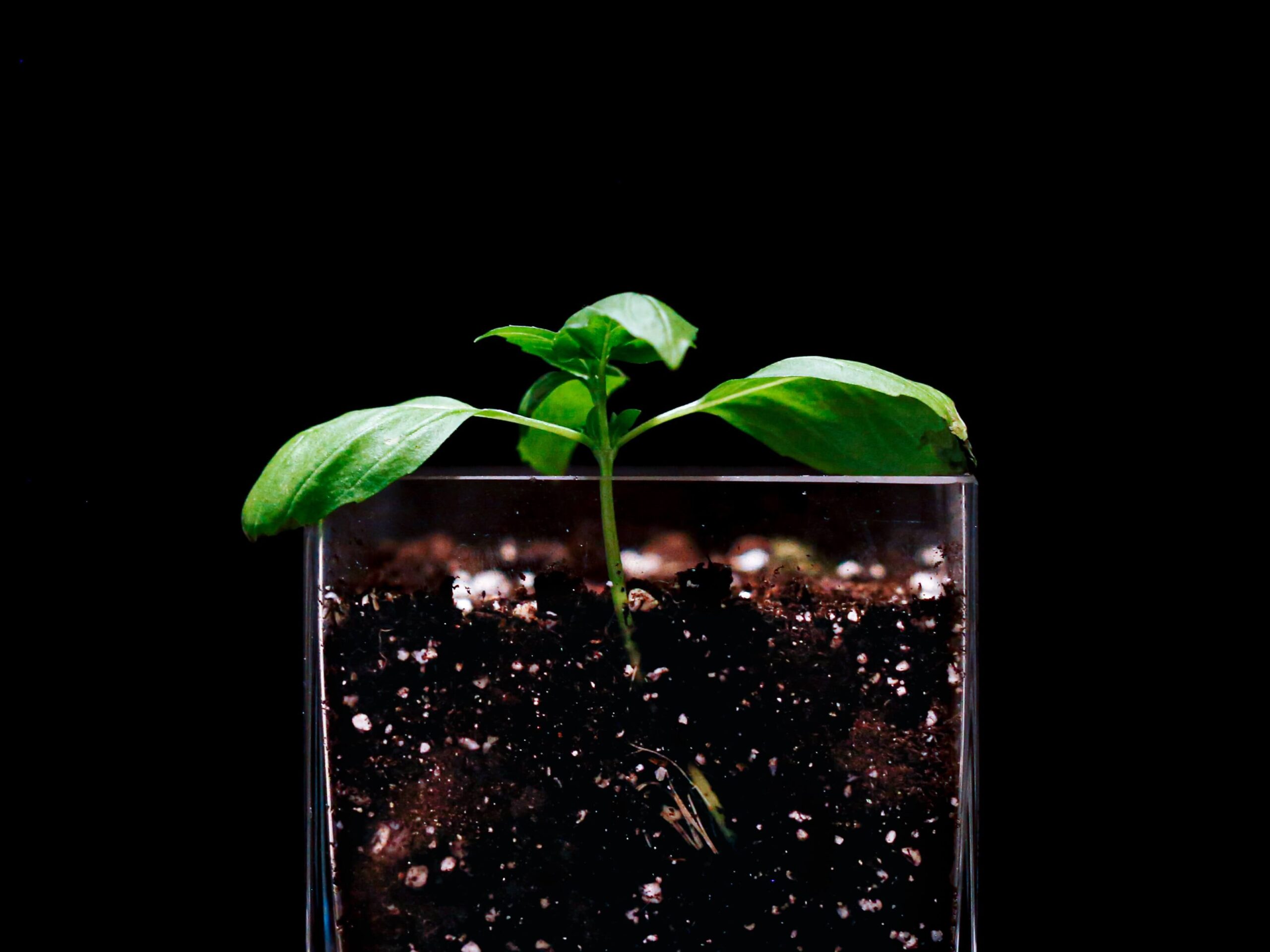
Sorghum is the fifth most produced cereal crop in the world, is highly nutritious and has great sustainability credentials. Nate Blum explains why it’s a crop that deserves more attention in 2024.
Sorghum has the potential to help transform agriculture into a regenerative system. Yet this ancient cereal grain often gets overlooked in our culture’s larger conversation around sustainable food. It’s time we recognized sorghum as the hardy, versatile crop it is – one that can help farmers practice regenerative techniques while providing a nutritious food source.
Despite offering benefits that traditional commodity crops like corn and soybeans can’t match, sorghum is underutilized. As a C4 plant, sorghum thrives in hot, arid climates that cause other crops to wither. Its drought resistance and low irrigation needs are crucial advantages as rainfall patterns become increasingly disrupted.
This ancient crop has sustained societies for centuries and across continents through its adaptability. With climate challenges intensifying, we need resilient food sources like sorghum.”
These kinds of plants also provide important benefits to the soil as plants pull carbon from the air. Their C4 status means crops are able to allocate more biomass to the soil, increasing organic matter. Additionally, the large residues it leaves after harvest add nutrients back into the ground, enabling farmers to enrich biodiversity and rebuild degraded soils.
Taking advantage of this underutilized cereal in crop rotations gives farmers a disease-suppressing break crop that helps reduce pest pressure and herbicide use. Sorghum also has flexible planting and harvest dates, attracts beneficial insects, and requires only modest fertilizer inputs. These robust qualities make it ideal for conservation farming practices like cover cropping and intercropping, as well as within crop rotations. It’s a cornerstone of regenerative systems.

Farmer James Davis checking his sorghum crop.
Source: Corteva AgriscienceAt the same time, sorghum is a crop that nourishes both people and livestock. From sweet, juicy stalks to ancient grains like milo, it has many nutritional benefits. As a gluten-free alternative to wheat, its grain provides protein, iron, and calcium. It also has a mild flavor that works well in recipes from pilafs to pancakes. As a forage crop, sorghum provides feed for livestock in an eco-friendly way.
This ancient crop has sustained societies for centuries and across continents through its adaptability. With climate challenges intensifying, we need resilient food sources like sorghum. With knowledge and access, more farmers can adopt the crop in their rotations to help nourish the soil, conserve water, and produce nutritious food.
The diversity and flexibility sorghum offers will be crucial as agriculture adapts to meet the demands of our changing world. This overlooked grain can power more sustainable food systems, benefiting people and the planet. Let’s give sorghum the starring role it deserves.
The View: Now, Next and Beyond
Now
The 2024 Sorghum Rebound
The UN FAO anticipates global trade in sorghum to increase by 31% to reach 9.5 million tonnes in 2023/24 off the back of a rebound in US yields. US sorghum production dropped in 2022, compounded by drought.
Next and Beyond
Healthy flour in high demand
‘Future Market Insights’ expects the sorghum flour market to expand at a compound annual growth rate of 5.4% in the next decade to $19,920 million by 2033, up from $11,772.9 million in 2023.
In case this article has made you hungry...
Recipe for Gluten Free Sorghum Pancakes

Combine the following in a large mixing bowl and make a well in the center:
- 11/2 cups sorghum flour
- 2 tablespoons granulated sugar
- 2 teaspoons baking powder
- 1/2 teaspoon salt
In another bowl, combine and whisk the following (it may look curdled; that’s normal):
- 4 tablespoons salted butter melted
- 1 cup buttermilk room temperature
- 1 teaspoon vanilla extract
- 2 large eggs
- 1/2 cup water
To cook:
1. Warm a nonstick skillet – medium low heat
2. Test the pan by flicking in a few drops of water. If they sizzle, it’s ready.
3. Pour the wet mix into the well of the dry mix and whisk until combined (the batter should be easily pourable; if it is too thick, add water).
4. Add batter to the pan approximately 1/4 cup at a time.
5. Cook each pancake on one side until the bubbles that appear in the batter burst and stay open, then flip to cook on the other side until the pancake puffs up in the middle.
Combine the following in a large mixing bowl and make a well in the center:
- 11/2 cups sorghum flour
- 2 tablespoons granulated sugar
- 2 teaspoons baking powder
- 1/2 teaspoon salt
In another bowl, combine and whisk the following (it may look curdled; that’s normal):
- 4 tablespoons salted butter melted
- 1 cup buttermilk room temperature
- 1 teaspoon vanilla extract
- 2 large eggs
- 1/2 cup water

With thanks to Katie Moseman from “Recipe for Perfection”.
Nate Blum
Nate Blum is Chief Executive Officer of BlüMilo and Sorghum United, an international NGO with a mission to advance education and market development for sorghum.
He is an expert on grain sorghum production and marketing, with a focus on value-adding processing for sorghum-based products. Blum also worked with international stakeholders for the United Nations’ Sustainable Development Goal to host an Independent Food Systems Summit.





